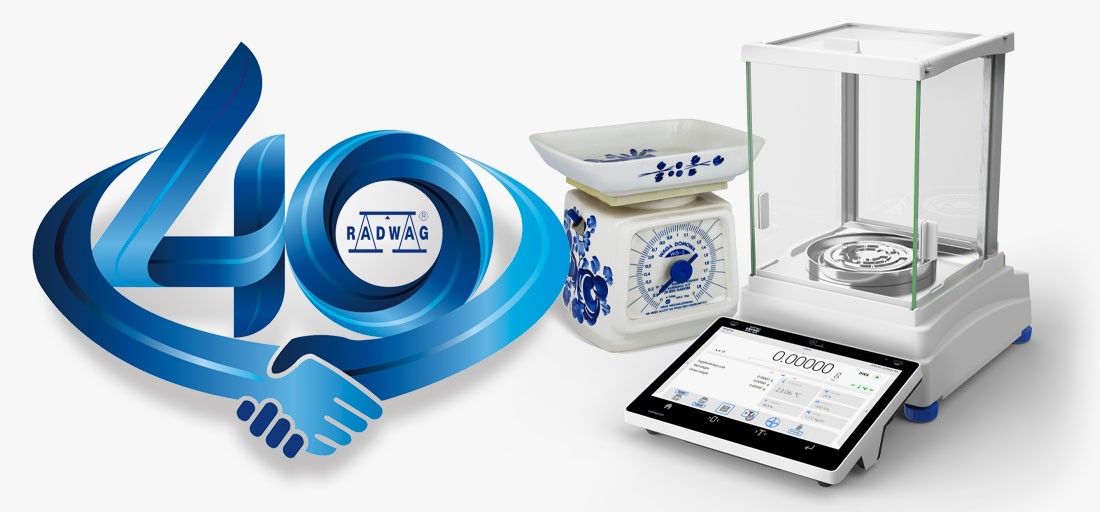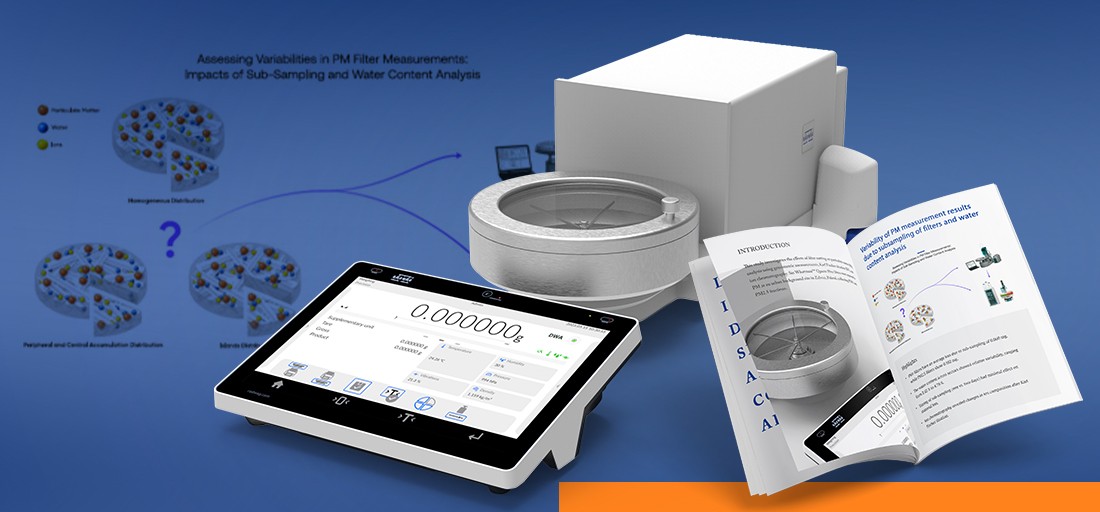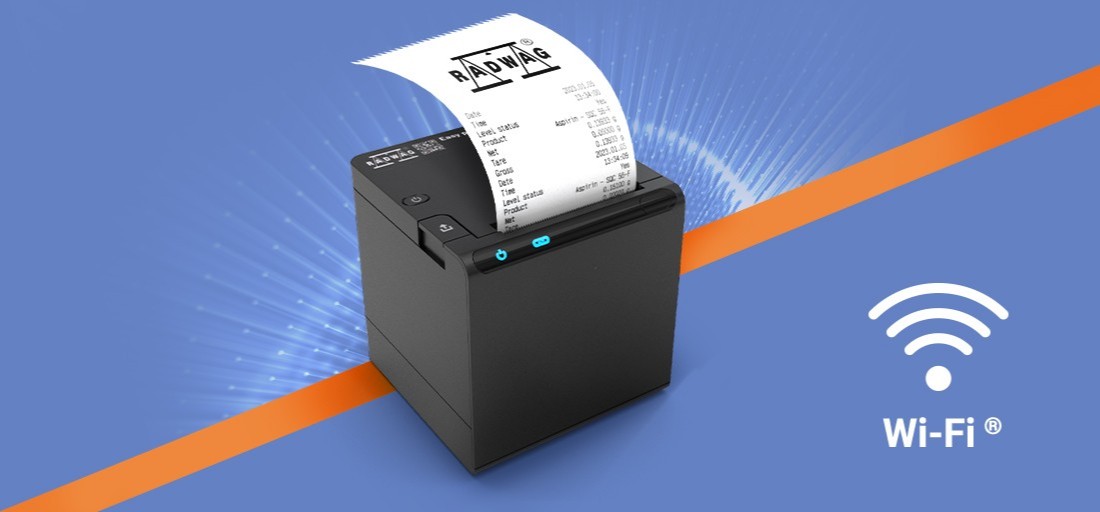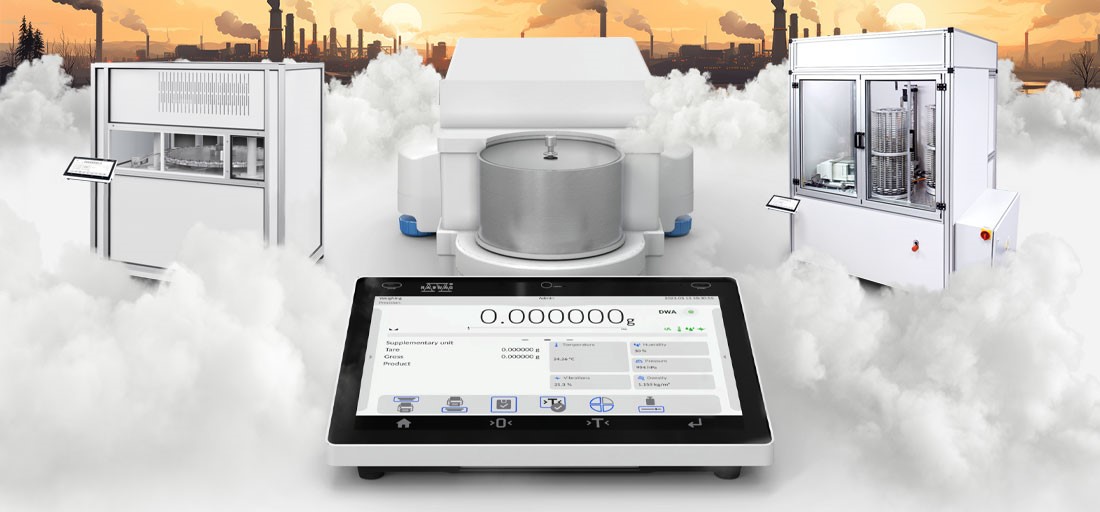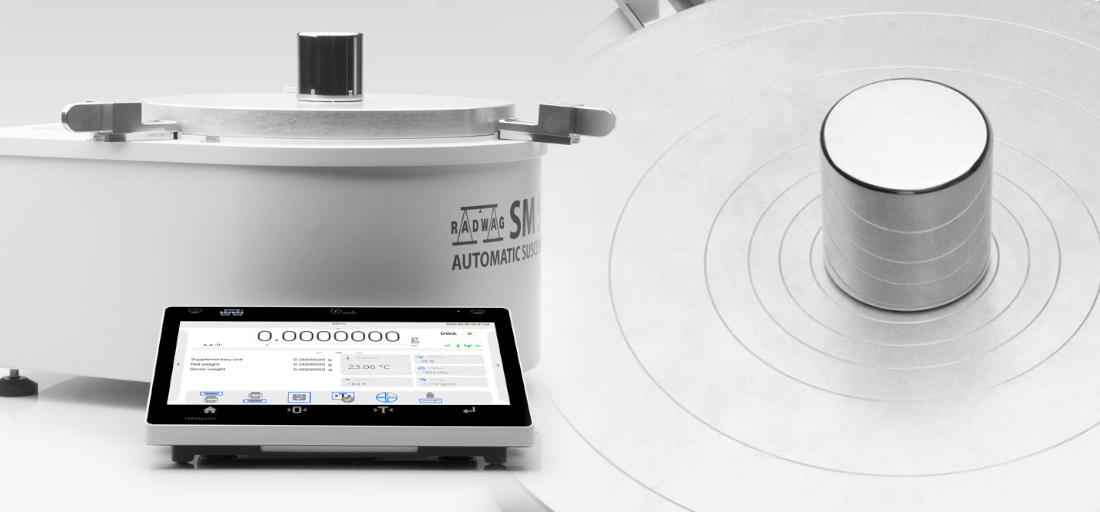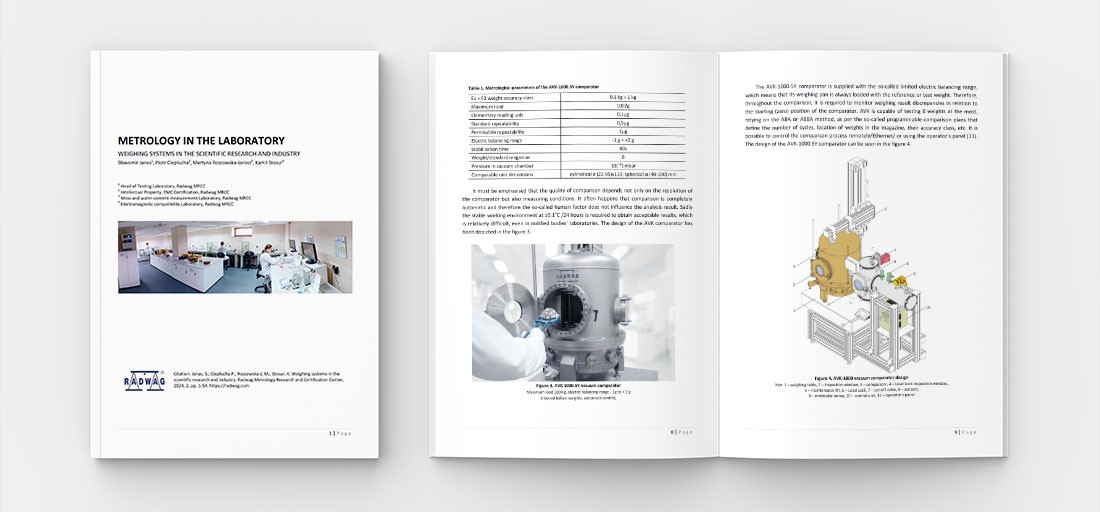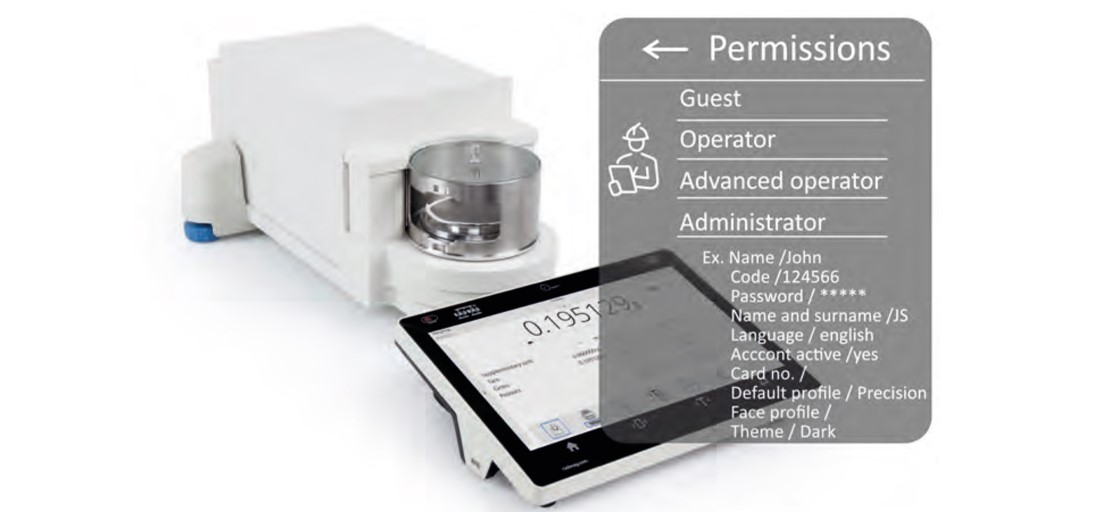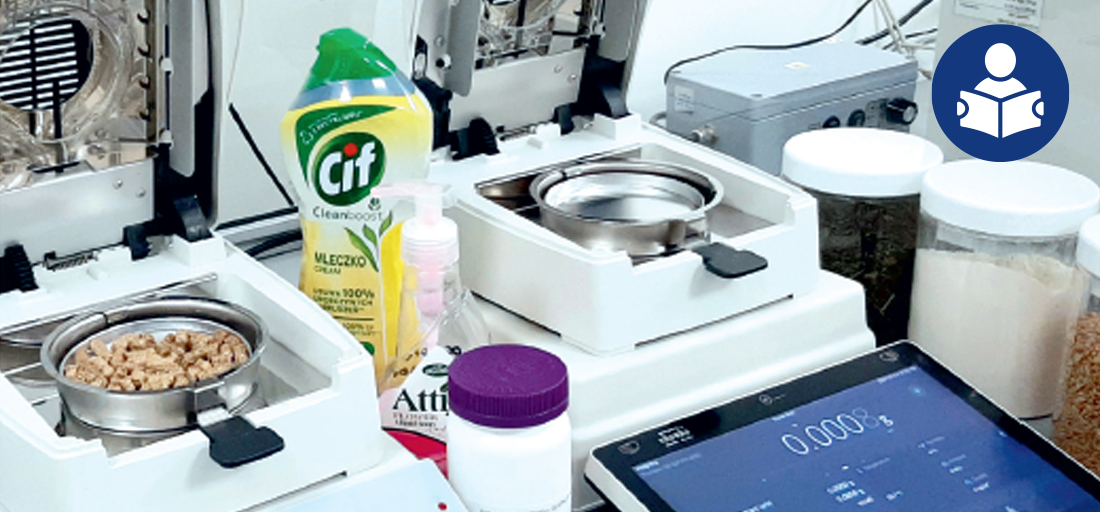Which Microbalance to Choose? RADWAG Microbalances

Do you need a microbalance and wonder what to consider when choosing one? You will learn this and more from our article. We encourage you to read it.
What Is a Microbalance?
A microbalance is a laboratory balance that is accurate ([d] from 1 µg) and precise (SD from 0.15 µg), making it an ideal measuring device for very small masses. Another characteristic of the microbalance are its low maximum capacity values, which go hand in hand with the mentioned high readability.
Microbalance Application
A microbalance is an indispensable device in research laboratories, for example, pharmaceutical, physical, chemical, biological or medical. Thanks to its outstanding technical parameters, it is used for the most advanced laboratory processes.
Which Microbalance to Choose?
You ask which microbalance to choose, and we answer: it depends on what you want to weigh. When selecting a balance model, you should consider its parameters and such criteria as regulations compliance (verification, 21 CFR and USP), services (calibration, qualification and validation), compatibility with other equipment, ease of operation and work ergonomics, service or price.
Microbalance Parameters (Repeatability, Linearity, Minimum Weight, Stabilisation Time)
Repeatability is the ability of one balance to obtain the same result from weighing an identical mass several times under identical measuring conditions. It is expressed as a standard deviation, or SD. Consider buying microbalances with a small SD, which translates into the greatest precision in measurements. RADWAG microbalances have excellent standard deviation values: SD = 0.15 μg.
Linearity is the deviation of a balance’s real characteristics from a straight line which connects two points: zero and maximum. No balance is perfect, so its characteristics will never be a straight line, but this is the standard we strive for. Linearity describes maximum indication error in a given measurement point.
Minimum weight defines low limit in the of the balance weighing range. Below this threshold, the conditions required for precise weighing, which are derived from the USP (United States Pharmacopeia), will not be met. To find the microbalance that is optimal for you, you need to know what value of the minimum weight corresponds to your weighing process.
Microbalance stabilisation time is the time it takes for the balance to obtain a stable measurement. When choosing a balance as accurate as a microbalance, you must ask yourself what is your priority: precision of measurement weighing speed. If precision, focus on the repeatability parameter, and if speed, make sure that the stabilisation time is right. Keep in mind that the shortest stabilisation time does not translate into the best weighing precision.
Microbalance Compatibility with Other Devices
In RADWAG’s offer you will find microbalances equipped with interfaces that allow them to cooperate with many peripheral devices. These include a printer, a computer, a PLC controller, a mobile device, a barcode scanner, an additional display or ambient conditions module.
Microbalance Operation and Work Ergonomics
What contributes to the ease of operation of the microbalance and improves the ergonomics of working on it? For example, a color touch screen of optimal size, easy access to weighing applications and functions, and full personalisation of the terminal. Many of our customers choose RADWAG balances precisely because they work so well on them. This intuitiveness of the devices we produce is highly appreciated, especially by those who have a comparison with balances of other brands.
Fast Service
Regulations require the owner to constantly supervise his measurement equipment. The RADWAG brand meets this requirement and offers professional, fast service. It also provides repairs, spare parts, after-sales support and additional services such as consultancy, technical inspection and maintenance.
Microbalance Price
Price is a very important criterion for choosing this measuring device. RADWAG brand offers high-end microbalances at a low market price.



